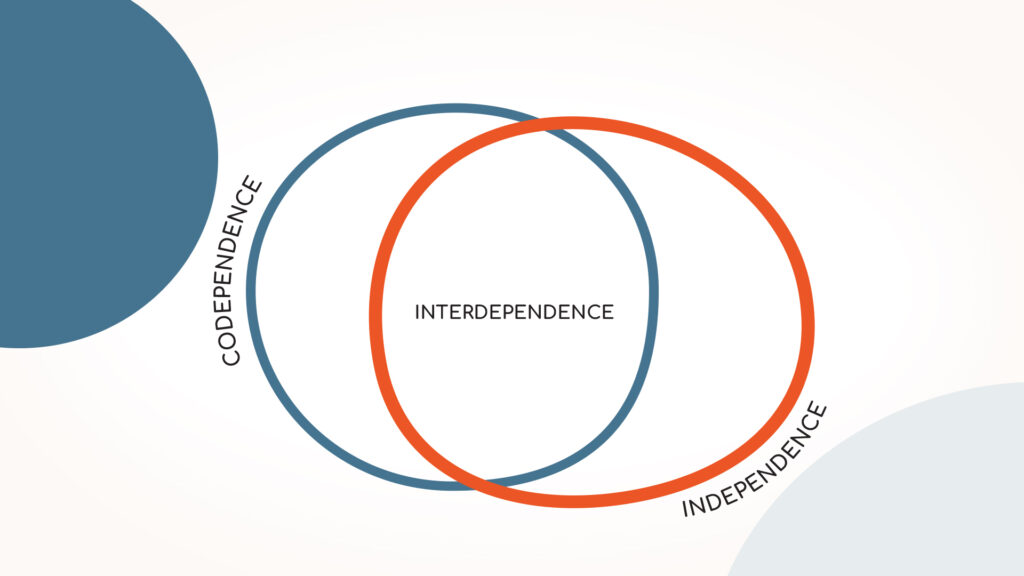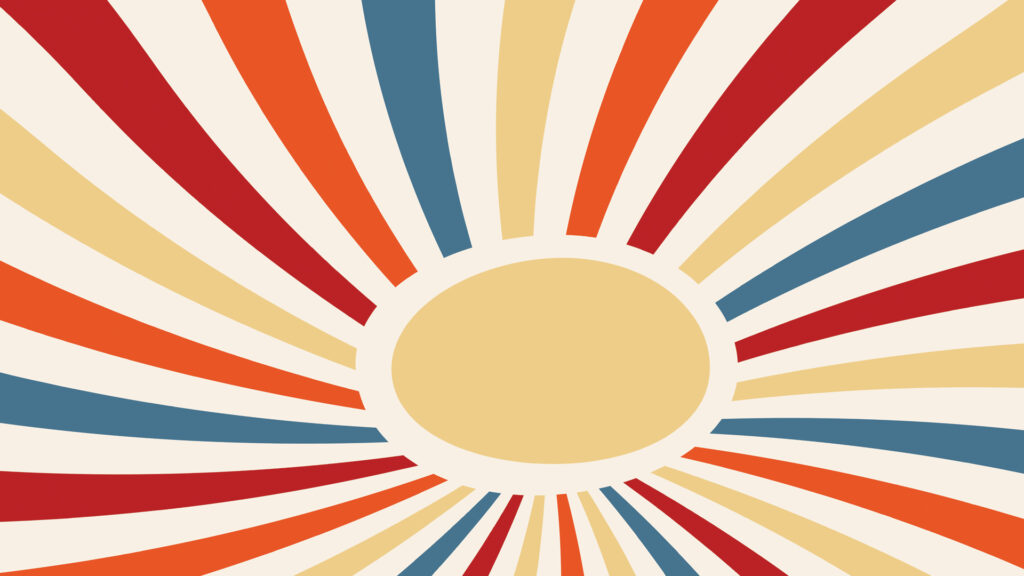This year, the summer solstice was on June 20 at exactly 1:50 p.m. PDT. One of Earth’s poles has its maximum tilt toward the Sun and we experience the longest amount of sunlight. June is also Pride Month and the month we honor and celebrate Juneteenth.
Much like the Earth and Sun’s interdependence, June can be an opportunity to reflect on how interdependence is a part of our everyday lives. It’s also an opportunity to think about the different ways that dependence shows up in your life or at work, how you lead or collaborate with your teams, and how you nurture your relationships.
I am very fortunate to be a part of a yearlong certification program in Trauma-Informed Leadership and Workplaces. It’s an intense undertaking that requires a willingness to continue my own work to integrate trauma and learning so as not to numb, disassociate, freeze, or get “in my head” when I’m experiencing difficult emotions.
And it’s a commitment to “integration” so I can be a gathering host and space holder for organizations that are experiencing difficulties. I’ll be able to help leaders and teams avoid “stuffing” and to summon the courage and safety to bear witness to each other’s stories, emotions, pain, and hopes.
As part of this lifelong journey, I continue to unpack how I experience and react to the world from a place of codependence, dependence, or interdependence. When I feel stressed or “amped up,” I tend to “go it alone.” It helps me feel more in control, as I can move faster, not rely on anyone else but myself, and feel like I’m “in charge.”
But it also prevents me from getting any real feedback, slowing down to invite people in, integrating other perspectives, and most of all, avoiding vulnerability if I don’t know something or need to ask for help. Being independent is something I’ve worn as a badge of honor all my life, but as I continue to unpack why, I realize that independence is a defense mechanism versus a strong character trait.
I can sometimes catch myself working in that “independent energy” and notice its effect on my body. My shoulders are tight, and I notice my breathing mostly from the top half of my lungs rather than fully from my belly. It’s in those moments that I have to stop and take a full breath and tune into what’s happening in my mind, body, and spirit, and try to loosen what’s causing the tightness. When I do, I’m much more willing to slow down and collaborate, have much more patience to listen and be open to other ideas.
June brings so many opportunities to see how everything is interdependent: our individual and collective histories are connected to our present-day behavior. Our celebrations remind us of the pain that separation and independence can bring and how codependency reinforces structures, systems, and relational patterns that cause deep and traumatic harm. And with the extension of light in each day, it’s a chance to see more clearly some of the “cobwebs” in the corners of our psyche that affect our leadership and workplaces.
Note: I will offer more information about stored trauma in our bodies and the workplace in future issues, but if you’re curious about how past negative events affect your current-day health and perspective, a great place to start is The Body Keeps the Score by Bessel Van Der Kolk, which has been on the bestseller list for more than 232 weeks in a row and has 75,023 ratings averaging 4.8 on Amazon at the time of this writing.
This month, I’m sharing three definitions of dependence so you can appreciate the differences and the most beneficial one. Do you recognize any patterns when you read each one? How can you work toward number three?

- Codependence, the innovation stifler: The pitfall of overreliance on codependence is a dysfunctional dynamic where people are overly reliant on each other, leading to blurred boundaries and diminished accountability. In these personal or workplace environments, decision-making suffers as harmony is prioritized over addressing issues, stifling innovation and progress. Teams that are codependent can be conflict-avoidant, lose “the plot” of the vision and goals, and grow resentful toward one another because too much is left unspoken.
- Independence, the teamwork dampener: The foundation of self-reliant independence is the ability to make decisions and take actions without undue reliance on others. For leaders, it involves setting a vision, making tough calls, and driving initiatives. While it’s essential, an overemphasis on independence can lead to isolation, hinder your collaboration, or stifle growth. Teams can experience this as being very siloed and lacking curiosity about each other’s work. Team members don’t offer to help or pitch in, and they don’t utilize collective intelligence to achieve a shared vision or goal. There is little celebration or shared joy.
- Interdependence, the trust and talents multiplier: The pinnacle of collaborative leadership, interdependence is the recognition that our greatest achievements come through collaboration. It celebrates individual strengths while fostering mutual respect, shared goals, and collective success. Interdependent leaders harness diverse talents, empowering their teams to innovate, adapt, and thrive—creating a culture of innovation, agility, and resilience. The team is intentional about creating clarity for the entire organization, building a cohesive leadership team, and forming a rallying cry and vision for the entire organization. Systems and structures are designed to reward collaboration and shared responsibility versus independent heroes.
Nature is our greatest teacher of interdependence. All we have to do is look outside our window to see bees pollinating a flower, plants flourishing in the sun, and trees providing shelter to understand the power interdependence. For instance:
Pollination: Bees and other pollinators rely on flowers for nectar, while flowers depend on pollinators for reproduction. This relationship ensures the survival and propagation of plant species, which in turn supports various other organisms.
Food chains: Predators and prey are interdependent within food chains. For example, wolves control deer populations, preventing overgrazing, which maintains the balance of plant life and supports various other species.
Habitat creation: Trees provide shelter and habitat for countless species, from birds and insects to mammals. In turn, these species contribute to the health of the trees through processes like seed dispersal and pest control.
In what areas of your life and work are you operating from codependence, independence, and interdependence? Can you notice a different feeling in your body in each of these? What effect does each of these have on the way you feel, interact with others, or get work done? Where do you intuitively know you’re ready to make a change, even if you don’t know how or if it feels a little scary to set aside a method that’s always “worked” for you? Where is there an area of your life or work where it might feel risky to act from a place of interdependence? What’s at risk if you don’t? I once heard a saying that we teach what we want to learn. I am humbled knowing that I will forever be a student in this work.

